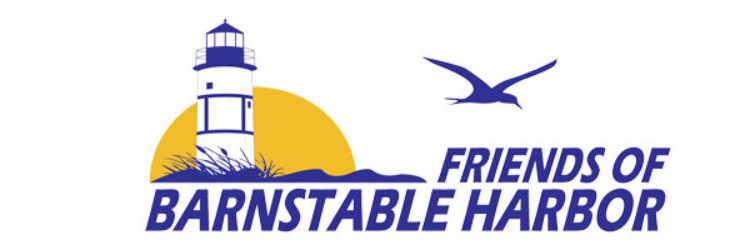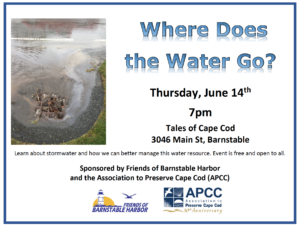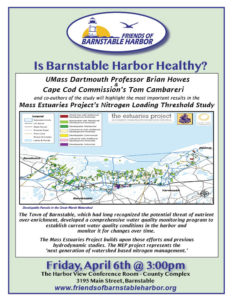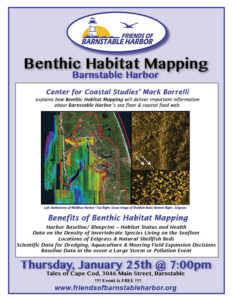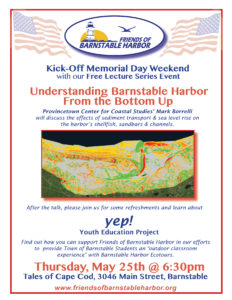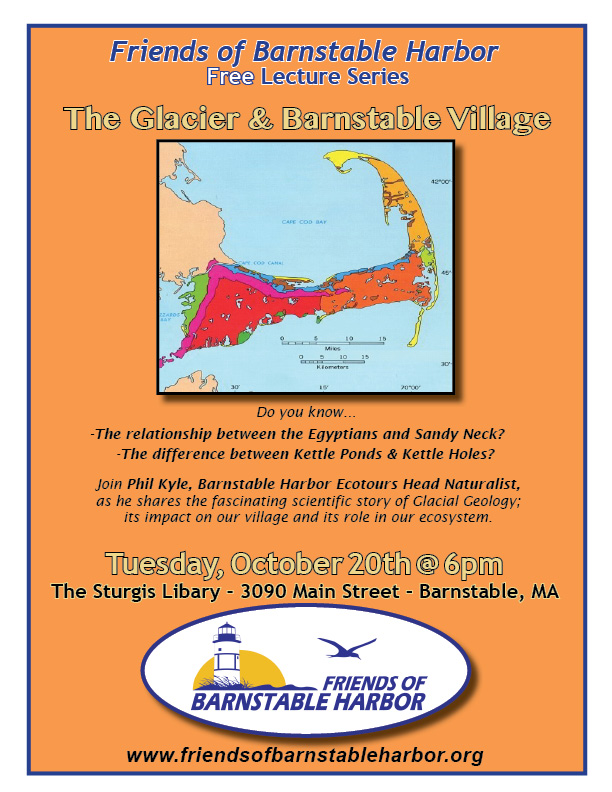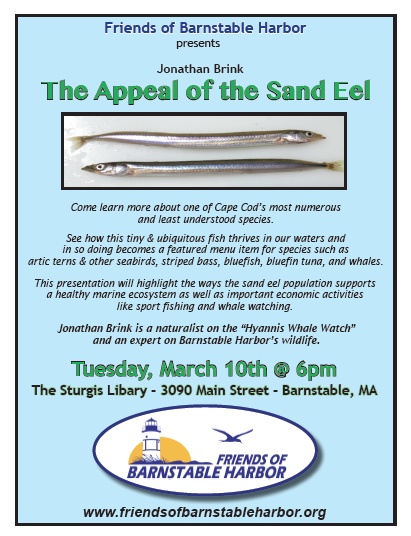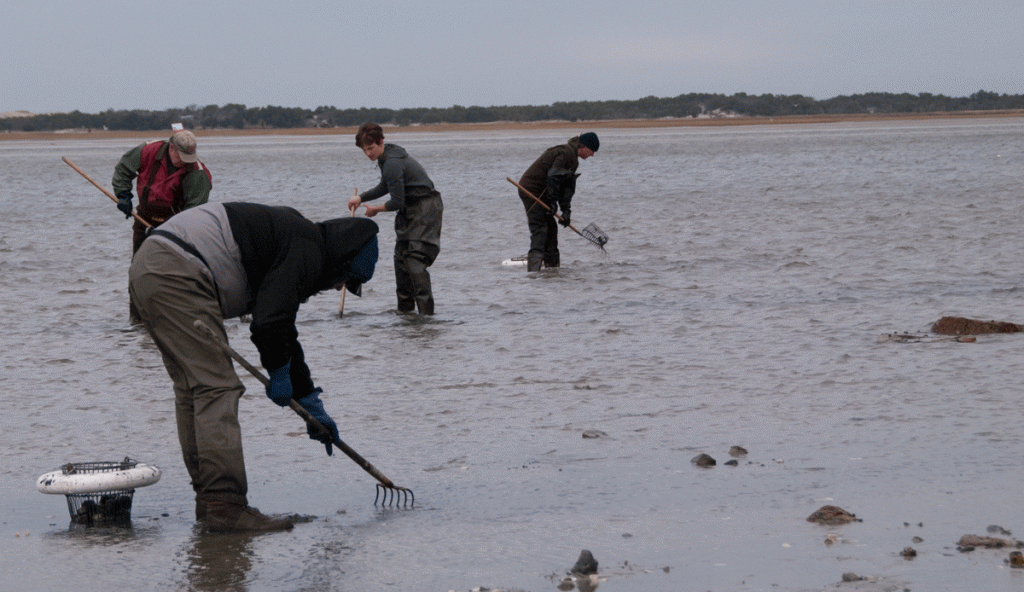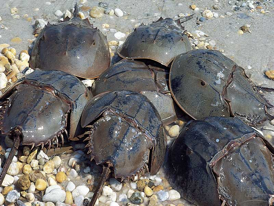
Past Events:
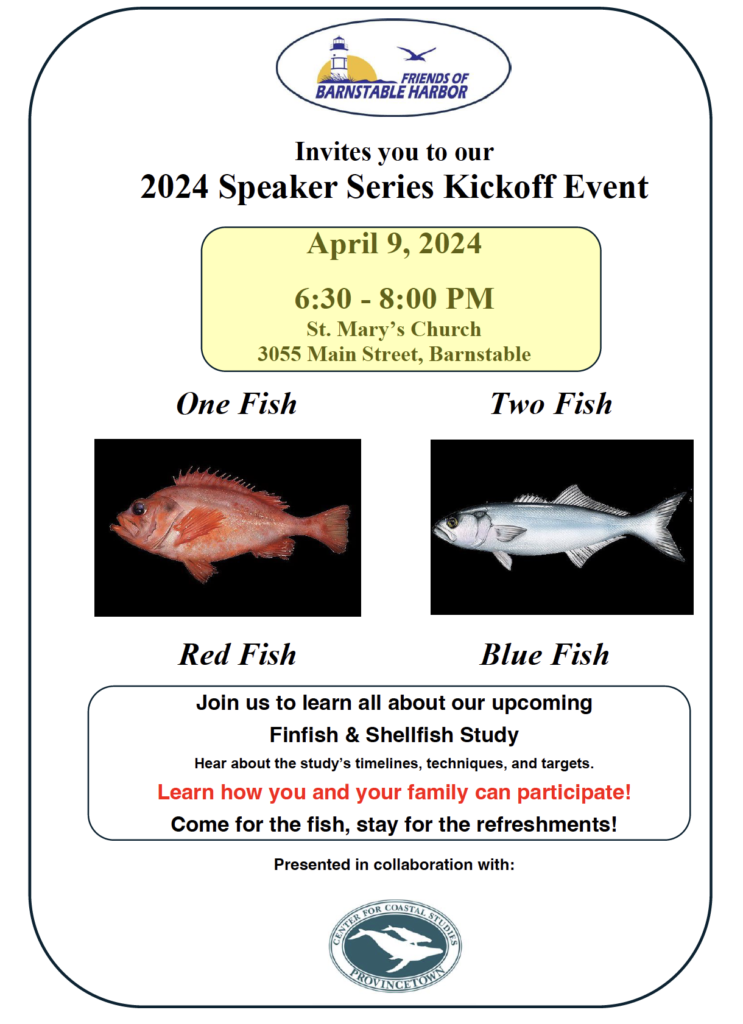
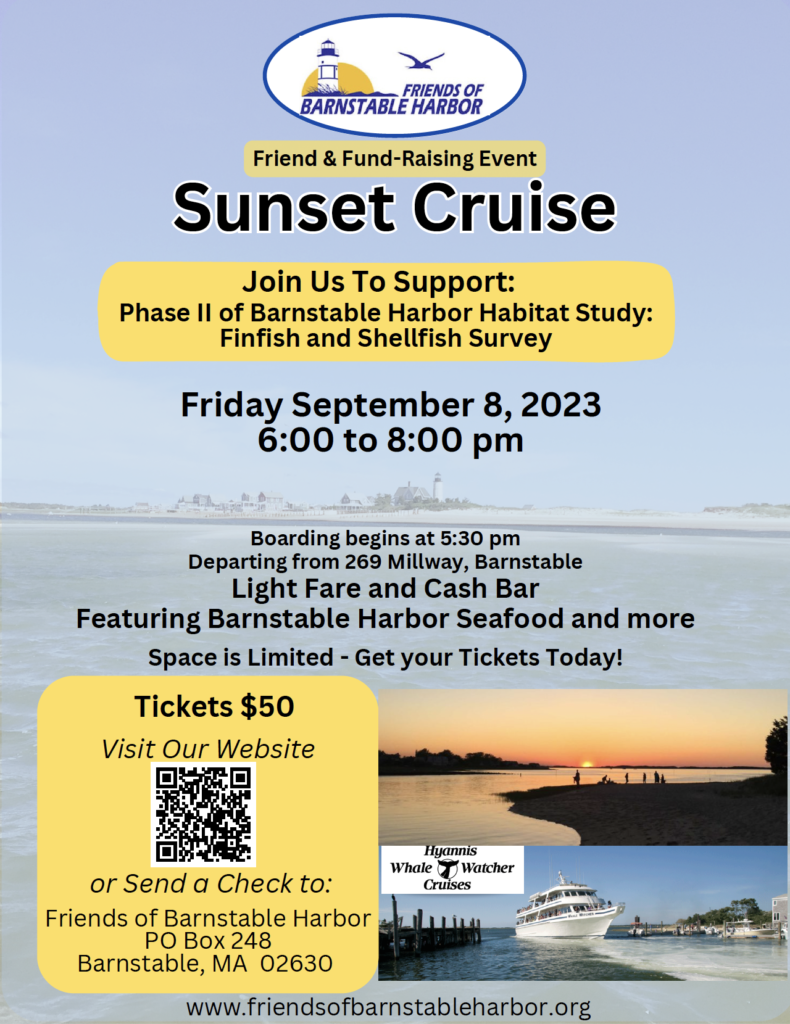
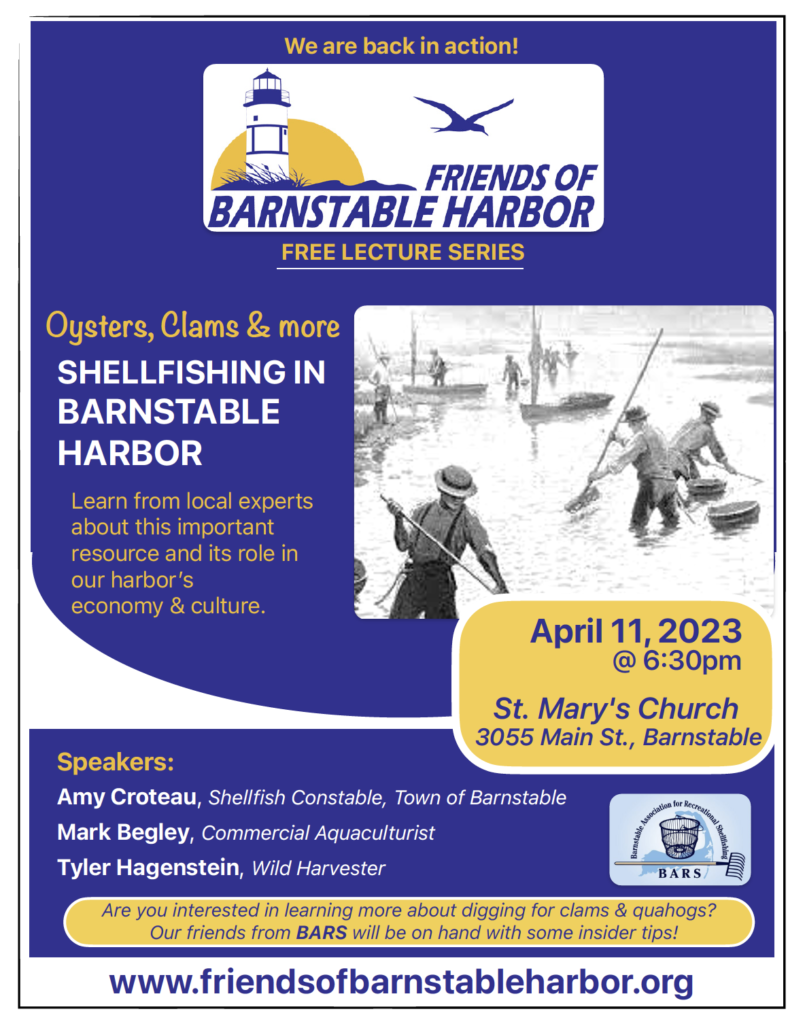
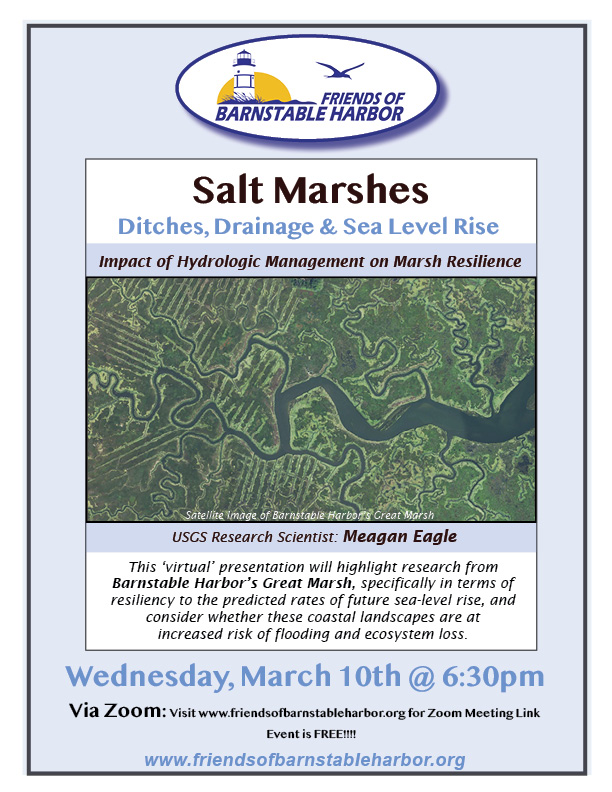

|
|
Barnstable Harbor Water Quality Issues
A Discussion Lead By Mark Nelson of Horsley Witten Group
Mark described the main pollution sources, such as septic systems, lawn fertilizers and road runoff, that affect the quality of water in the Harbor. He also discussed actions that local residents can take to preserve and restore Barnstable Harbor.
|
|
Horseshoe Crabs- Ancient Mariners
by Audubon’s Long Pasture Wildlife Sanctuary’s Ian Ives
Horseshoe Crab Ecology: Horseshoe Crabs have been around for 350 million years, adapting to and withstanding every conceivable change time has presented. They have a critical role in the lives of the Red Knot, a migratory shorebird, and are important to biomedical research and the pharmaceutical industry. Learn about their life histories and recent decline in North America.
Mass Audubon’s Ian Ives presented Horseshoe Crabs! In a mass May migration, horseshoe crabs journey to the bays, coves, and tidal flats of Cape Cod to spawn and to lay clusters of eggs. Many creatures including migrating shorebirds rely on the eggs for high calorie boosts, enabling them to continue their flight to Arctic nesting grounds.
Unfortunately, the migrating hordes of horseshoe crabs of yesteryear have become fewer and fewer each. They suffer from uncontrolled harvest as bait for the eel and conch fisheries, collection for the biomedical industry, and changes to their habitat.
Mass Audubon’s Long Pasture Wildlife Sanctuary conducts an annual horseshoe crab spawning survey each spring in Barnstable Harbor to help determine if the population is sustaining itself and to inform harvest limits aimed at stabilizing the population.
